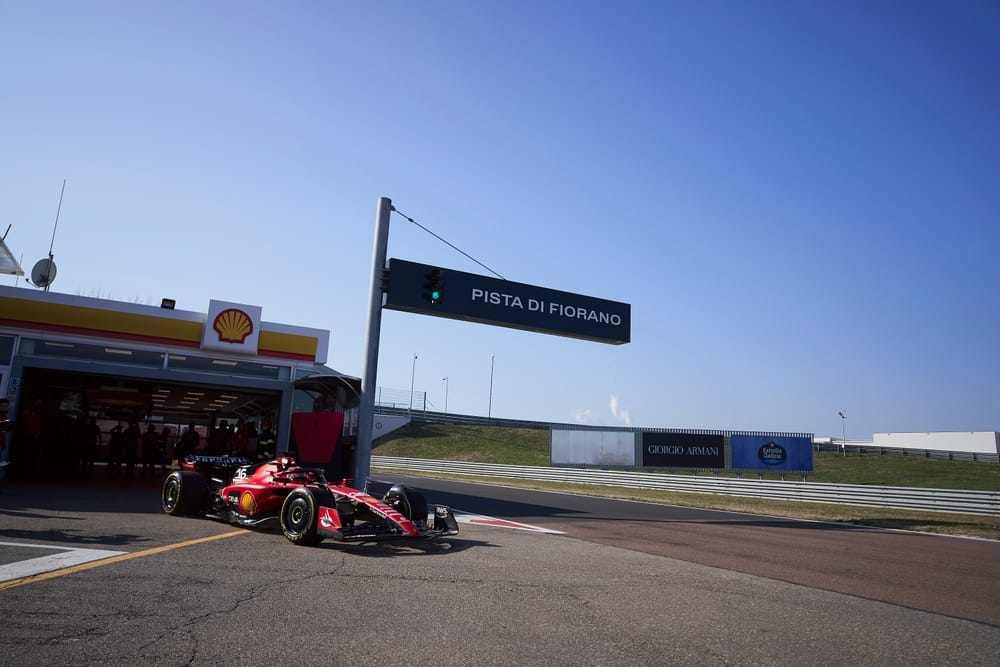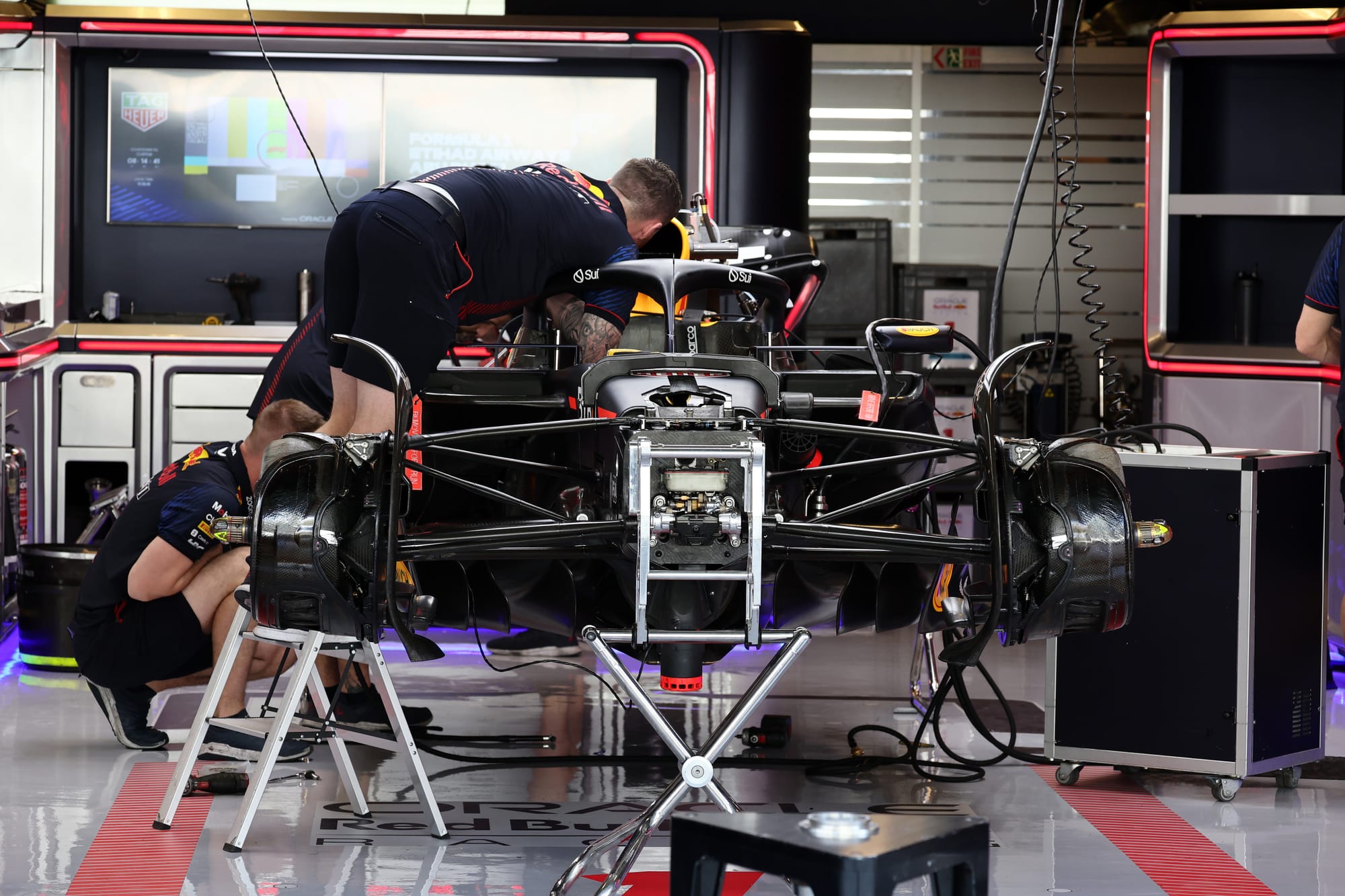Up Next

Over the years we have seen many different types of Formula 1 car launches. Some showed off new cars, others old cars with a new paint job, and more often than not today it’s just simple virtual renders with few actual details revealed.
Personally, I always enjoyed a ‘running’ launch where you actually see the car on track as Ferrari did last year.
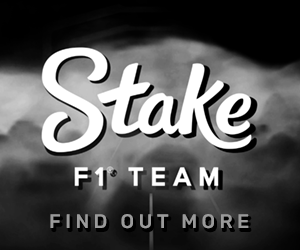
If you do that, you’re demonstrating that you have a complete car that is capable of heading straight off to testing. But that's not always possible, as simple things can very quickly delay showing the finished product. There’s also the risk that if you do run for the first time, you will be embarrassed publicly if something goes wrong.
The first time we ran the Jordan 194, Rubens Barrichello drove out of the pits but the paddle shift gear change, which was quite new to us at that time, wouldn't shift out of first gear.
He did a lap and whilst that was happening I racked my brain as to what could be causing it. As he drove into the pitlane and parked up I looked into the cockpit and the steering wheel quick release was not in its second position.
Before the run, we'd had the car running and Rubens put the steering wheel on while he was sitting in the cockpit.
For safety reasons there are two positions for the steering wheel quick release. It must have almost gone into the second position to allow him to get first gear but as he drove off using the paddle clutch it fell back into the first position, disconnecting the electrical connector that goes from the steering column to the steering wheel. I simply pushed it into its correct position and off he went again.
One aspect teams have focused on in recent years is reducing the manufacturing time for components. This means that the production schedule needs to be managed on an hour-to-hour, if not a minute-to-minute, basis. If something is running late, you need to know about it immediately. That way, you can do something about it.
If you can do this, it adds to your design and research time. Formula 1 moves very fast and that applies to more than the cars. The minute you hit the manufacturing button, that component is out of date because there will be another solution taking shape in the pipeline. The better you are at managing the manufacturing and build schedule, the more up-to-date the initial package will be.
Looking at the overall car launch dates gives us a clue about who has confidence and is on top of this scheduling. It’s no accident that the smaller teams are releasing their cars first and that the bigger teams are pushing the limits that bit further.
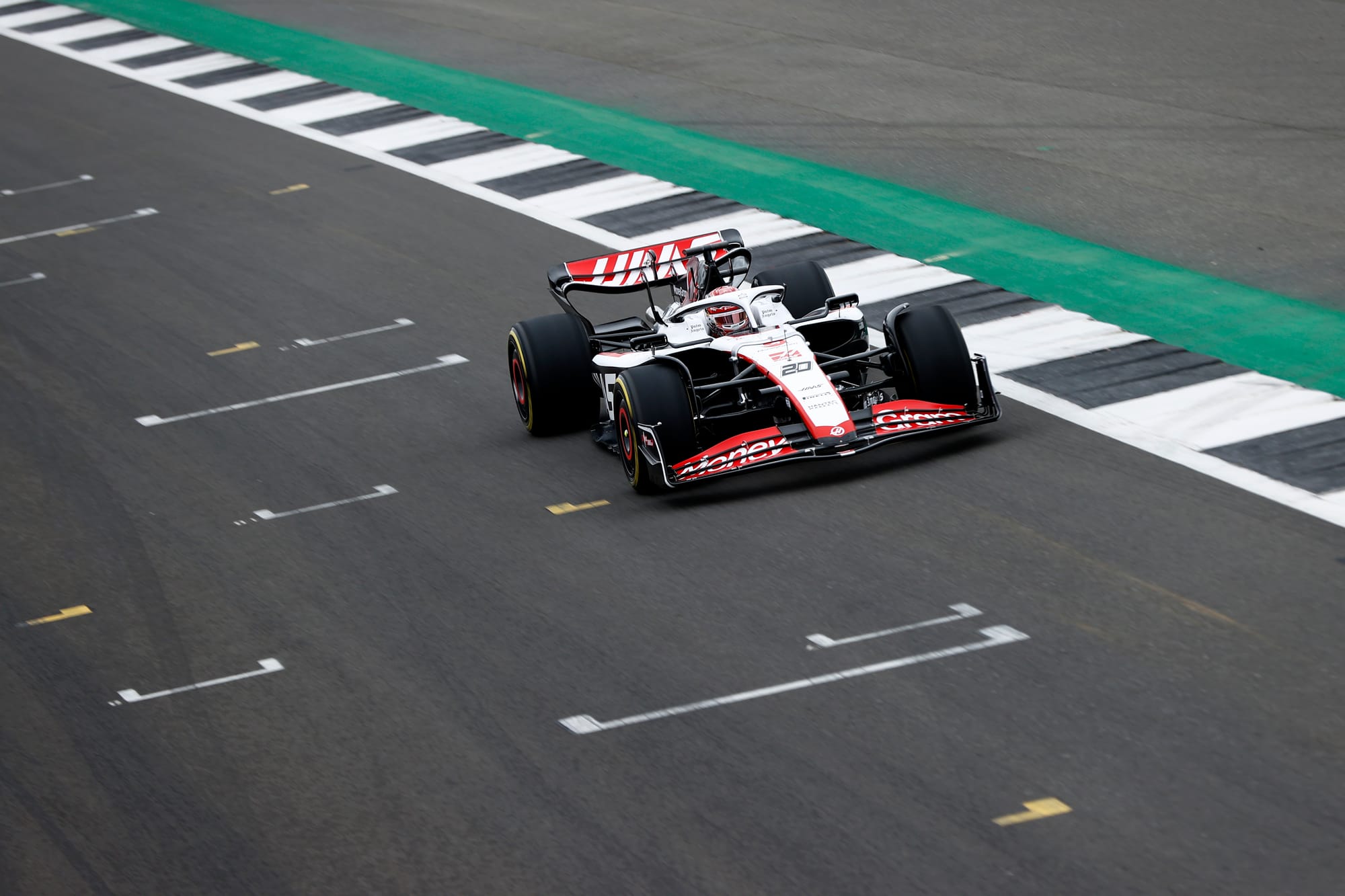
There’s also a tendency for lower-profile teams to want to launch early to get their fair share of attention. This can be good for them commercially given the level of media attention F1 now gets. If you are a top team, your launch is big news whenever it takes place.
Red Bull is the last team to launch on February 15, which only leaves five days before the car runs in anger in Bahrain. By comparison, Haas has left itself 18 days before the Bahrain test and will actually run its car for the first time on February 11, four days before Red Bull even launches.
That means a difference of 13 days come the first day of pre-season testing, which can be used for more in-depth design and research work. That should equate to a better and faster initial package. There was a time when the amount of testing wasn't controlled so being on track early was a sign of being in a good position, but these days it really is the later the better - provided you avoid the fate of Williams 2019 when its car wasn’t actually ready for the start of testing.
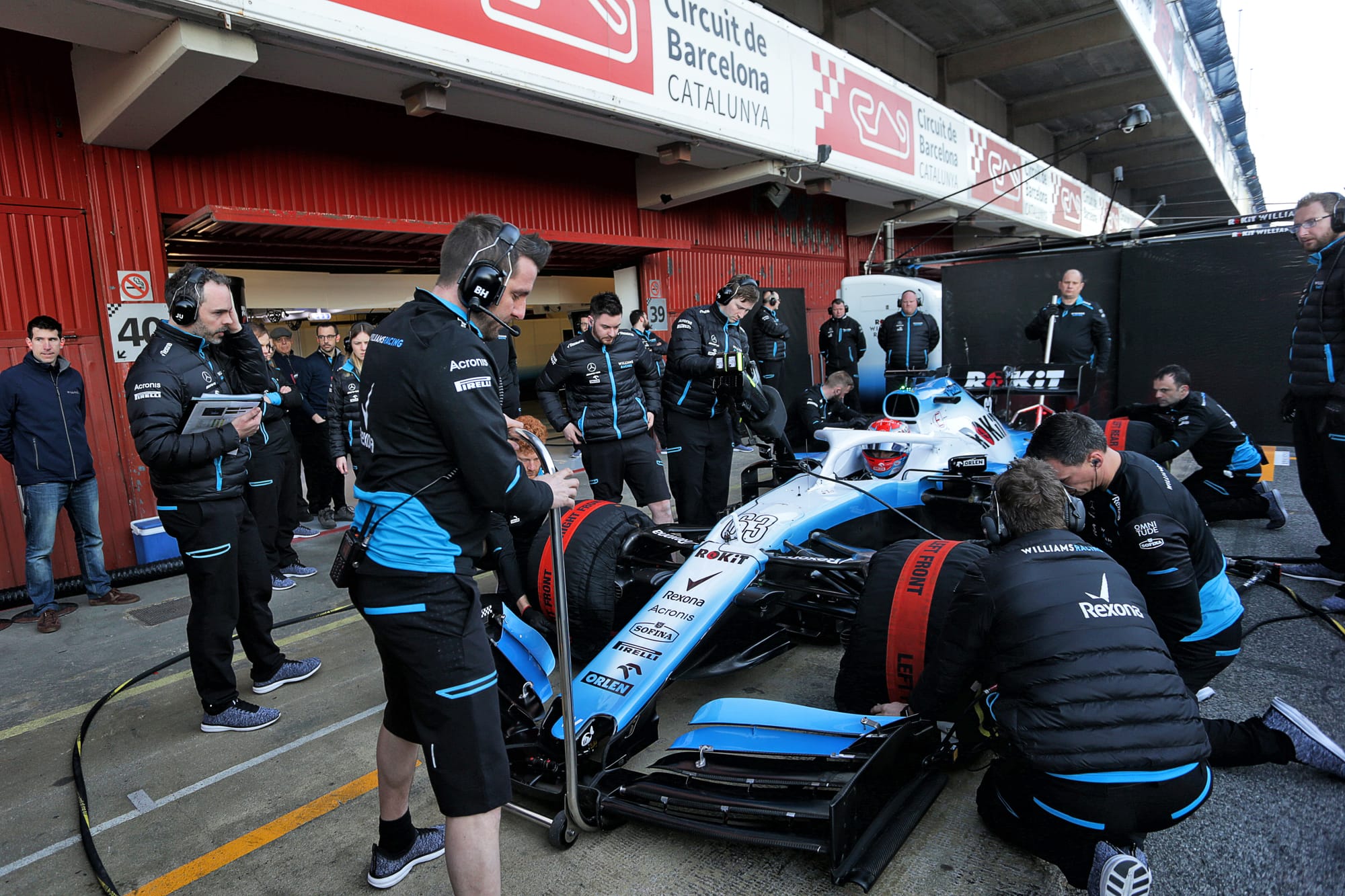
This reduction in manufacturing time will also pay dividends through the season when it comes to introducing developments. Once the car is up and running, a plan will be put in place to rectify any shortcomings and how you react to these necessary developments, whether related to performance or reliability, is critical. Any team that can score big points early on in the season while others are finding their feet will be at an advantage.
So let’s work our way through the launches to see what order the teams will reveal themselves in, as well as what I would be telling each team they need to focus on.
Haas - February 2
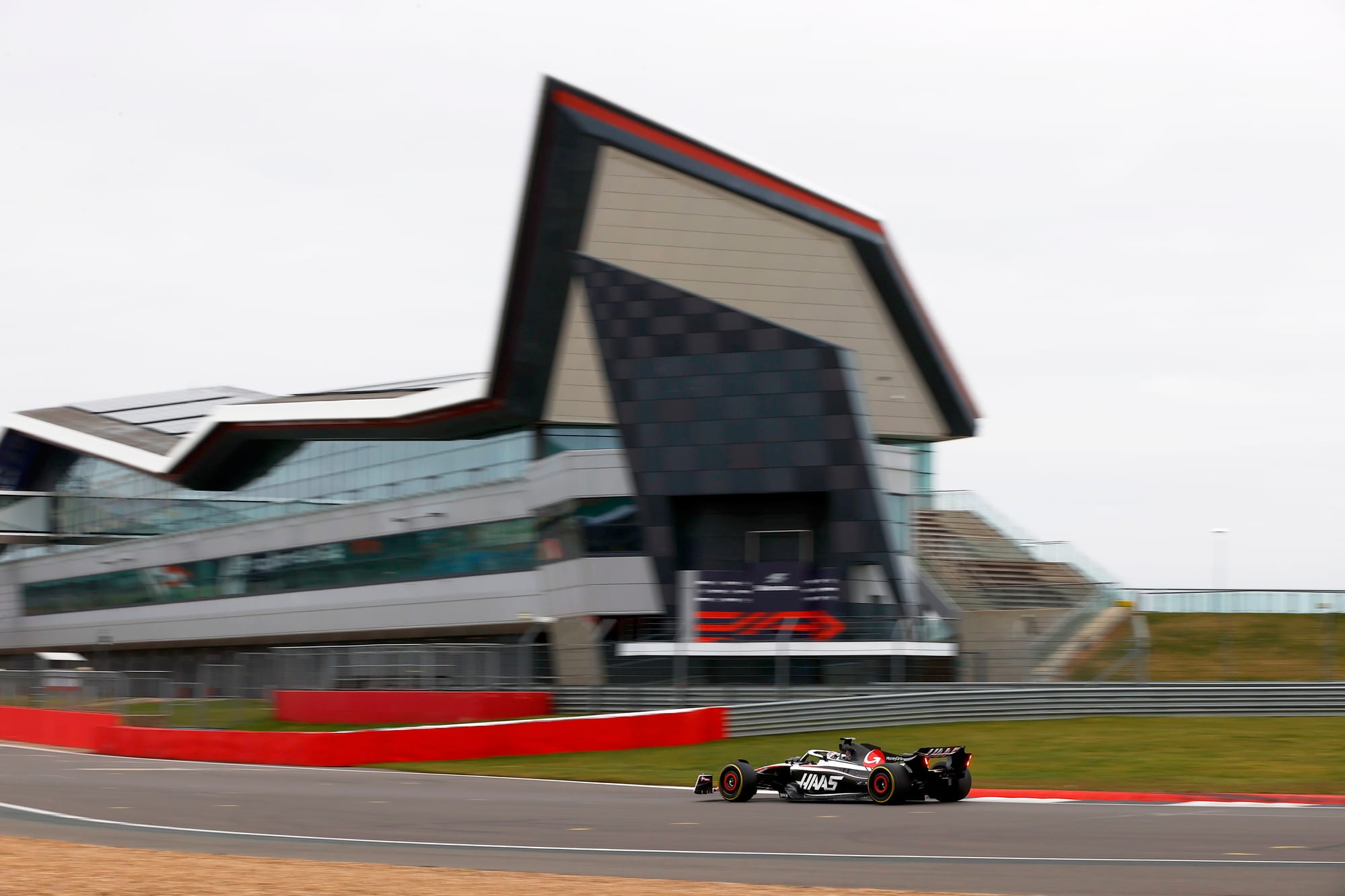
Haas must regroup after the management changes and accept that the major challenge for 2024 is to avoid finishing last in the constructors' championship.
Unlike last year, it must react to what is happening with the car and instigate successful development plans to rectify the situation.
Williams - February 5
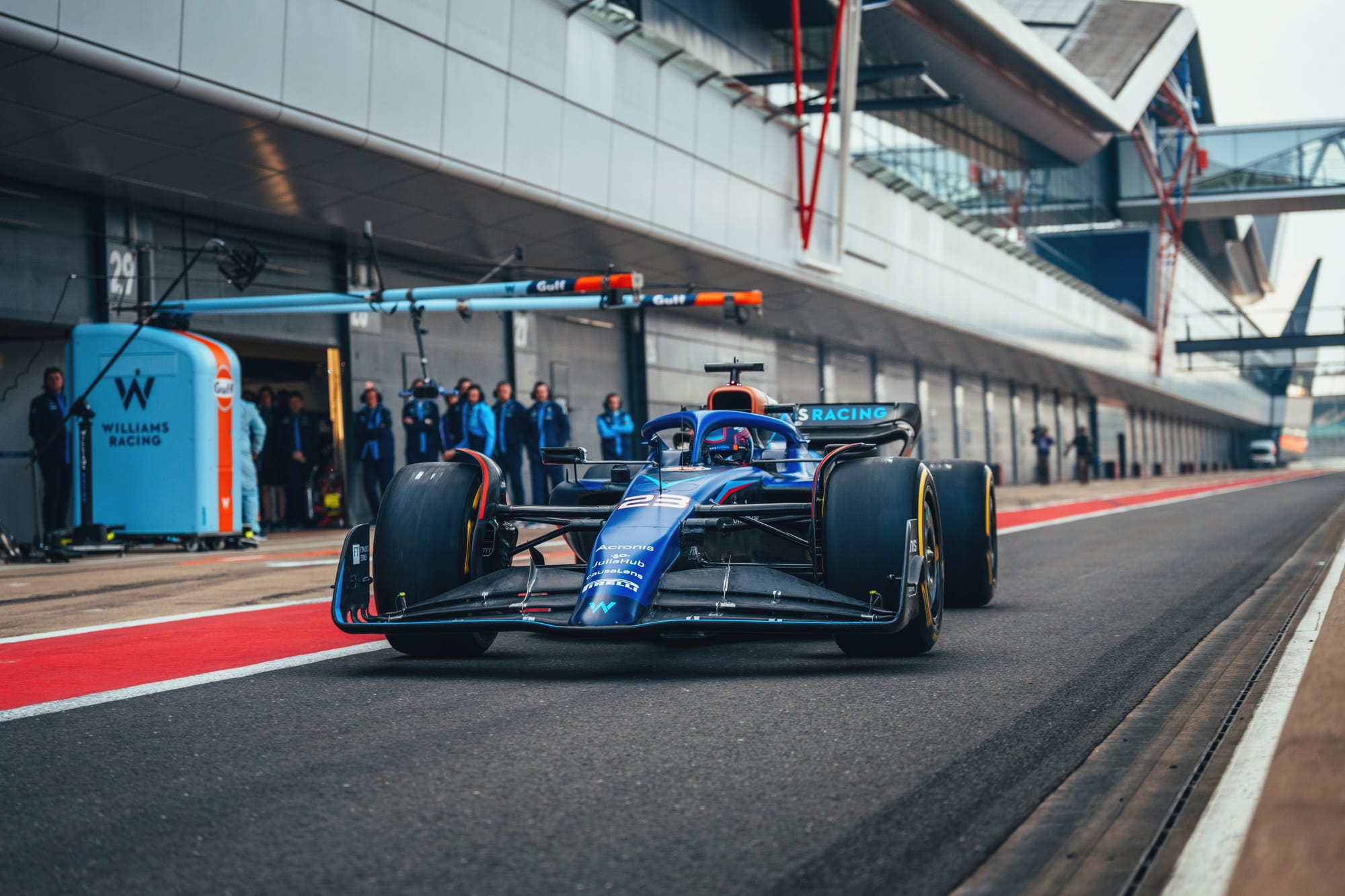
Over the years, George Russell and now Alex Albon have carried Williams and it has not had a solid points-scoring second driver for quite some time.
Improving the car might just get more out of Logan Sargent, and it will certainly get more out of Albon.
Stake - February 5
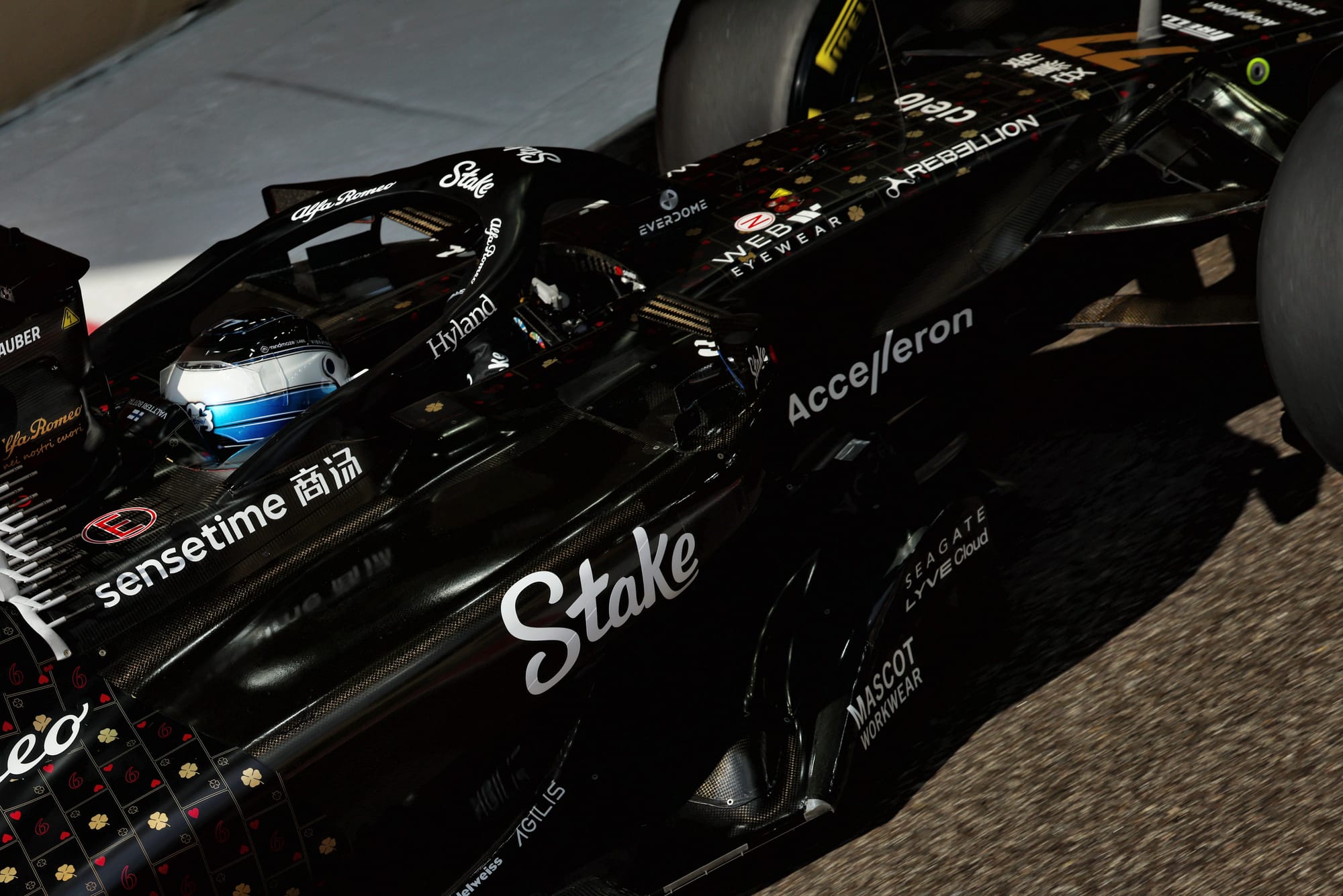
It’s time for this team to show Audi that it has made the correct choice in partnering with Sauber for 2026. That means improved performance, but mainly delivering that performance consistently, which it didn't do enough in 2023.
Alpine - February 7
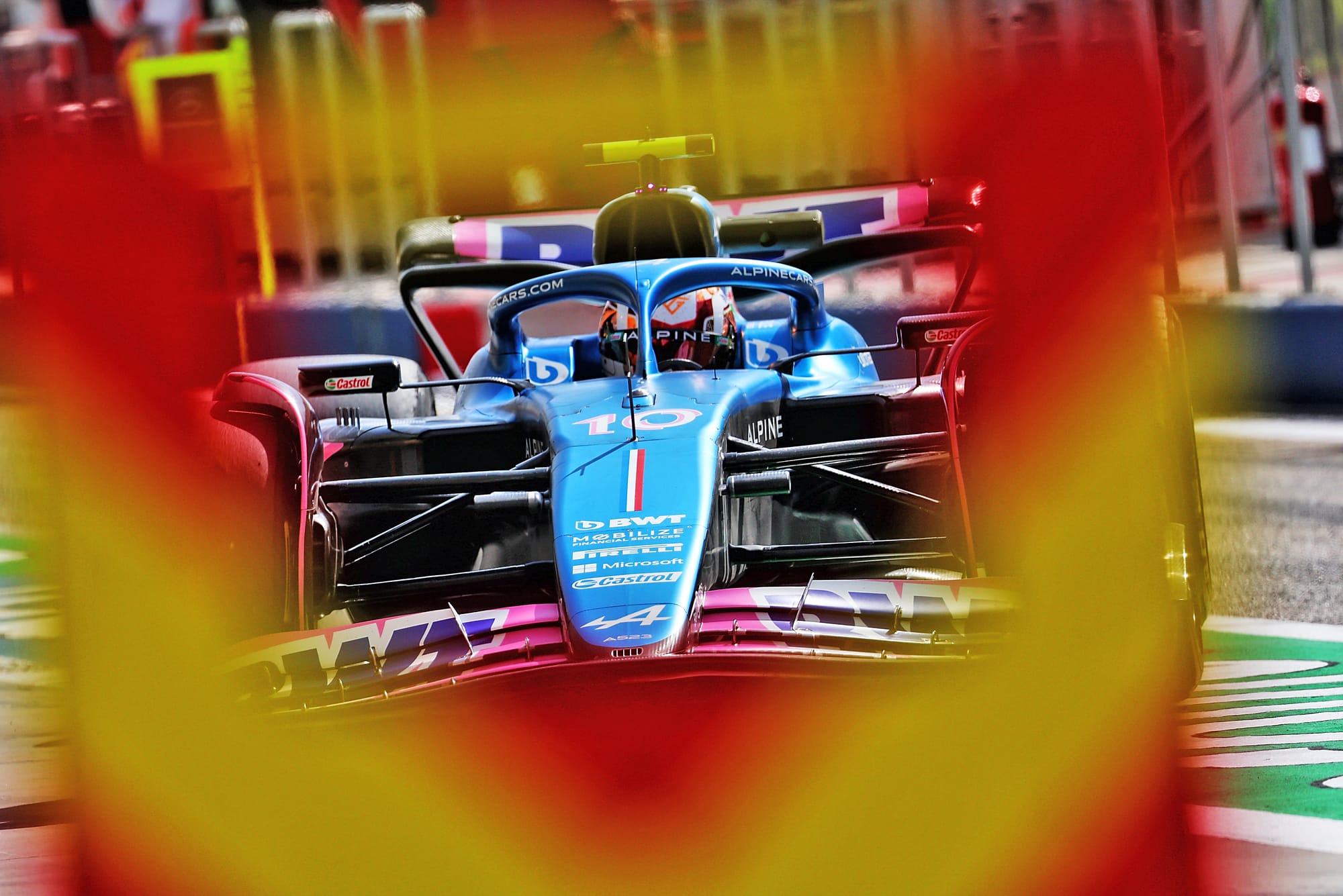
This team needs to decide where it really wants to be competition-wise. For too many seasons, it has been happily sliding along in the midfield but now is the time to stake a claim and do whatever is necessary to achieve more.
Alpine is a works team and should be battling in the top four consistently.
Visa Cash App RB - February 8
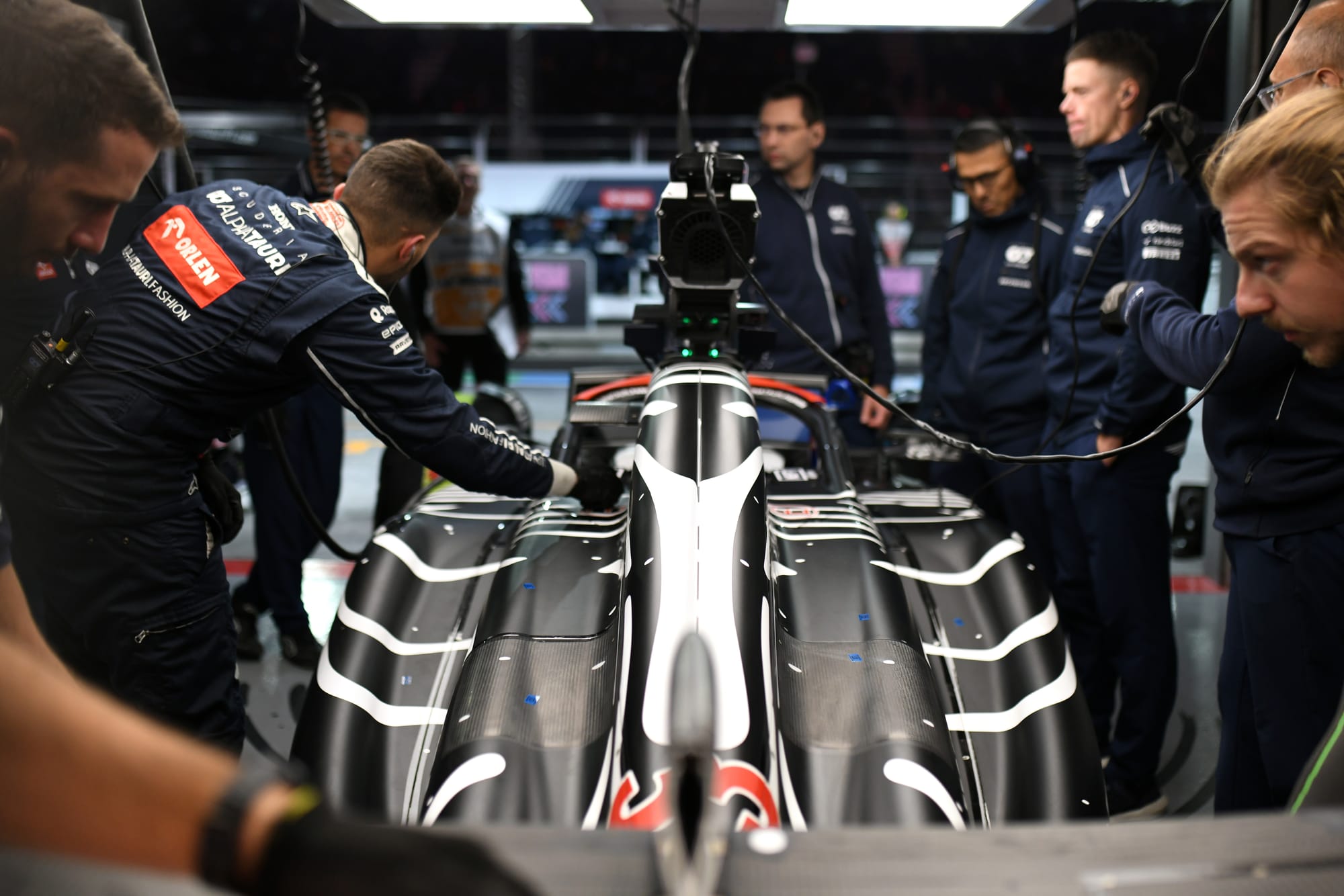
Becoming more integrated with the mothership Red Bull, no matter how much rivals disapprove, should be a positive.
This is no longer the junior team, but a fully-fledged, points-chasing team and that means a completely different approach to the past.
Aston Martin - February 12
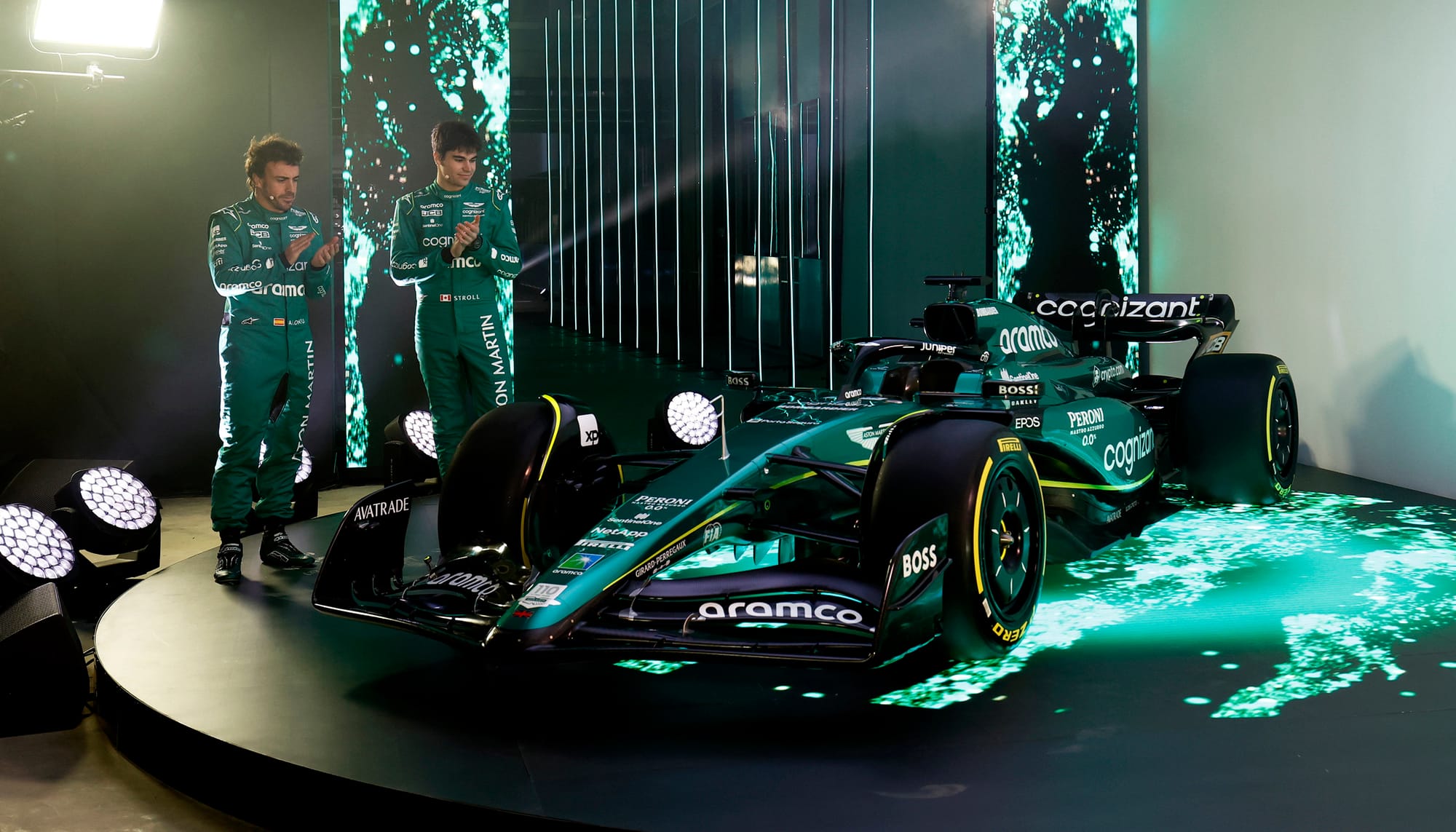
This year is a crucial test of whether the team has really understood what happened when it dropped the ball in the middle of last season.
If it can start strongly, Fernando Alonso will again bring home plenty of points.
The manpower and resources are there to maintain that momentum all season rather than dropping off as it did in 2023.
Ferrari - February 13
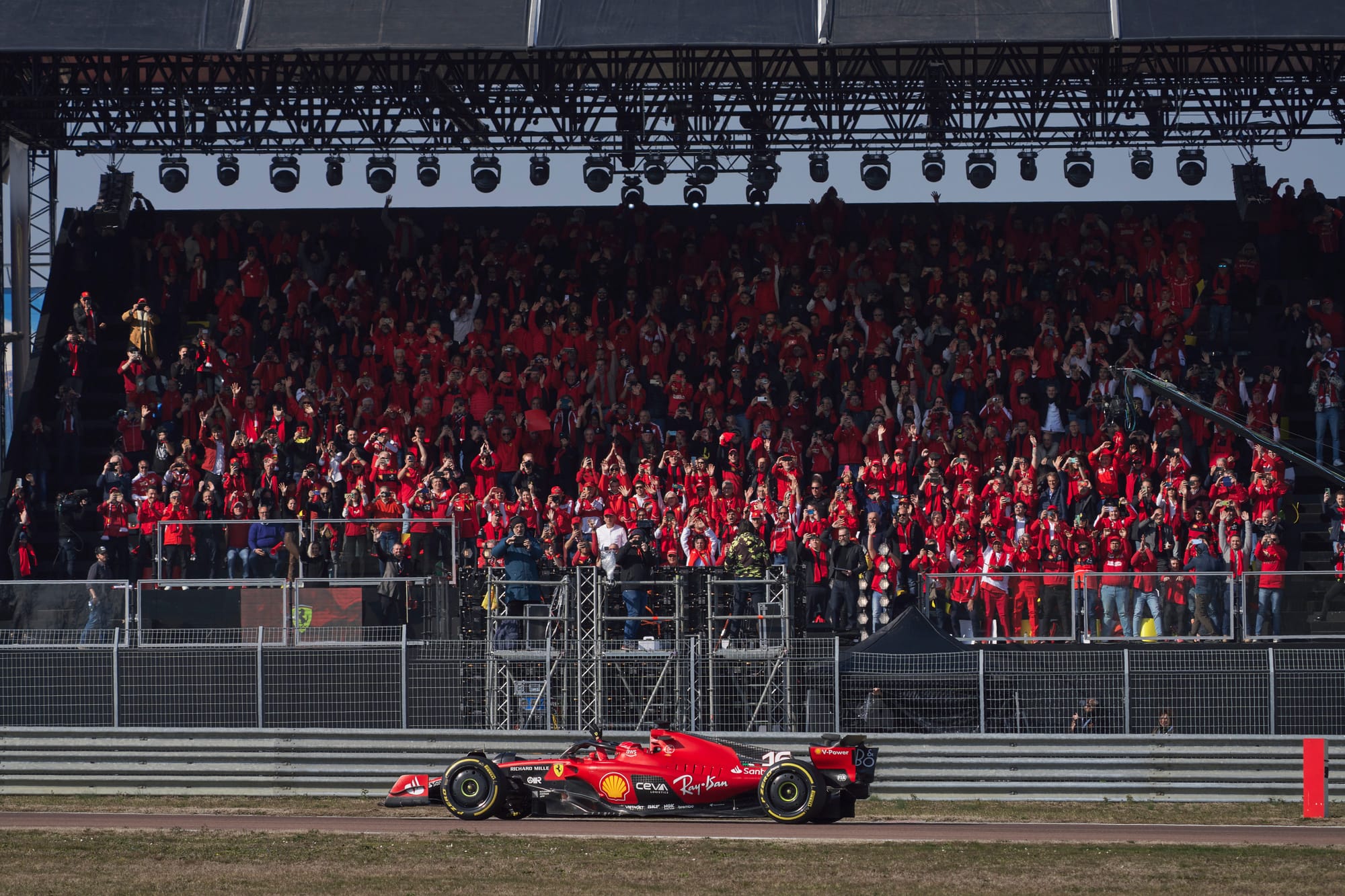
Ferrari finished 2023 strongly, although some bad luck - Carlos Sainz hitting that manhole cover in Las Vegas and Charles Leclerc crashing on the formation lap at Interlagos after a hydraulics problem - cost it second in the championship.
Another step in the right direction and reducing the mistakes would be a positive step.
Mercedes - February 14
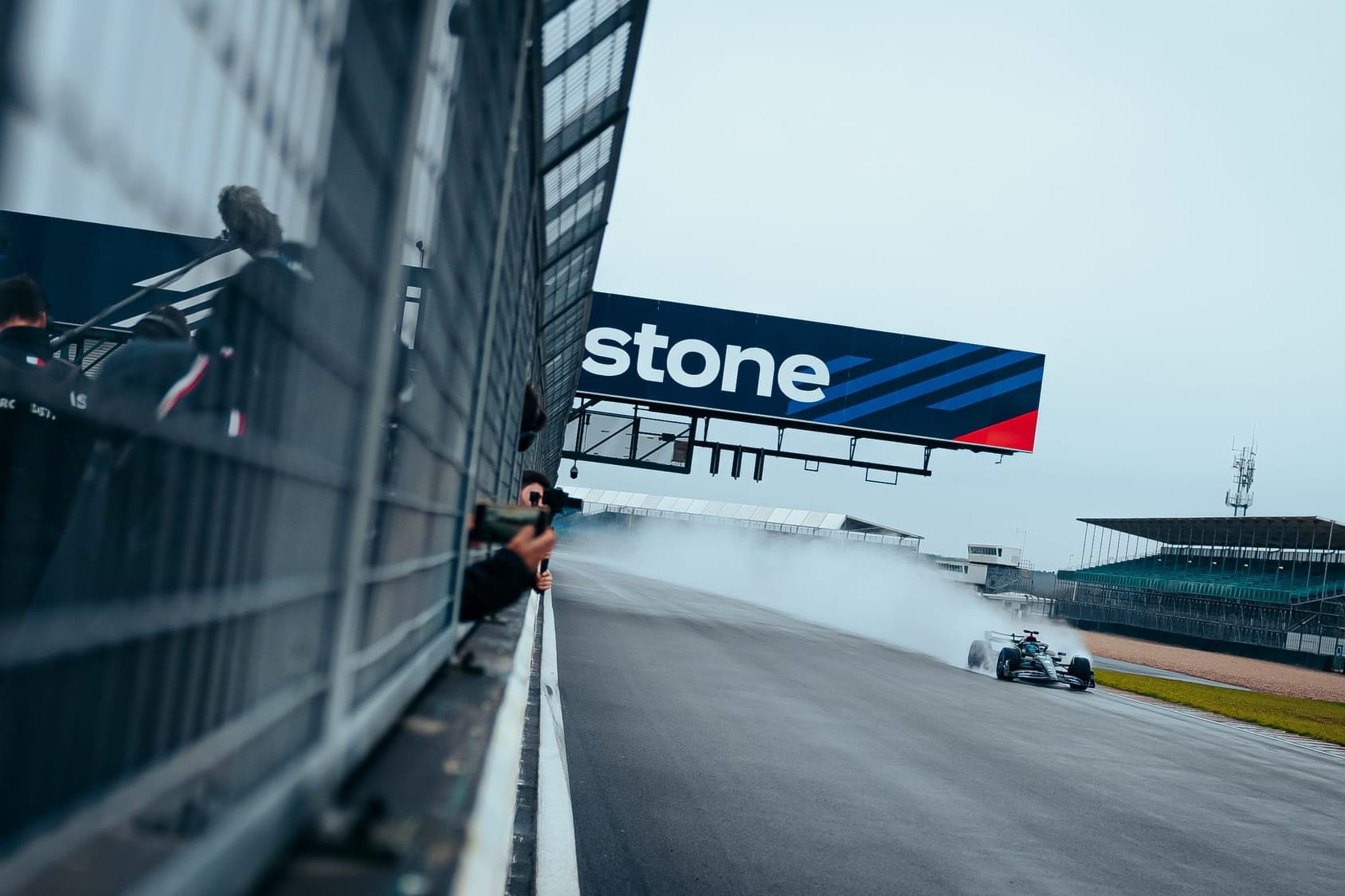
This is easy to say and difficult to do, but Mercedes must understand what it doesn't understand.
With James Allison back as technical director, this is a good opportunity to do that. He knows how to pull everyone together and make them work as a team.
With significant car changes planned, Mercedes has everything it needs to improve - provided that understanding really is there.
McLaren - February 14
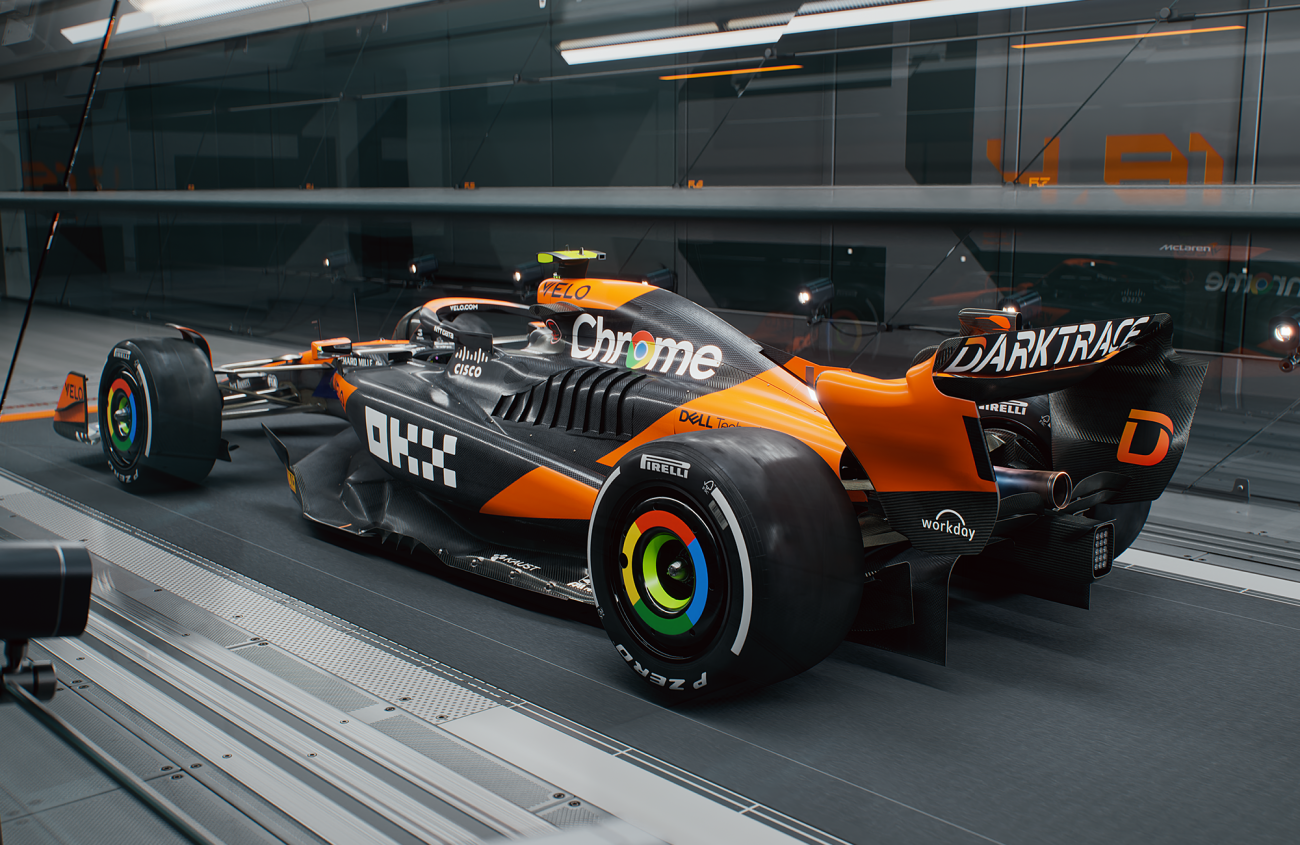
McLaren proved in 2023 that you can make a silk purse out of a sow’s ear. Now it’s about keeping that momentum going, which is no easy task.
But it has a strong driver line-up which will drag everything out of the car, as well as the new windtunnel and simulator improving understanding of the car. So really it’s just about making the most of all of these strengths - and its team principal Andrea is doing a Stella job at that! (See what I did there?)
Red Bull - February 15
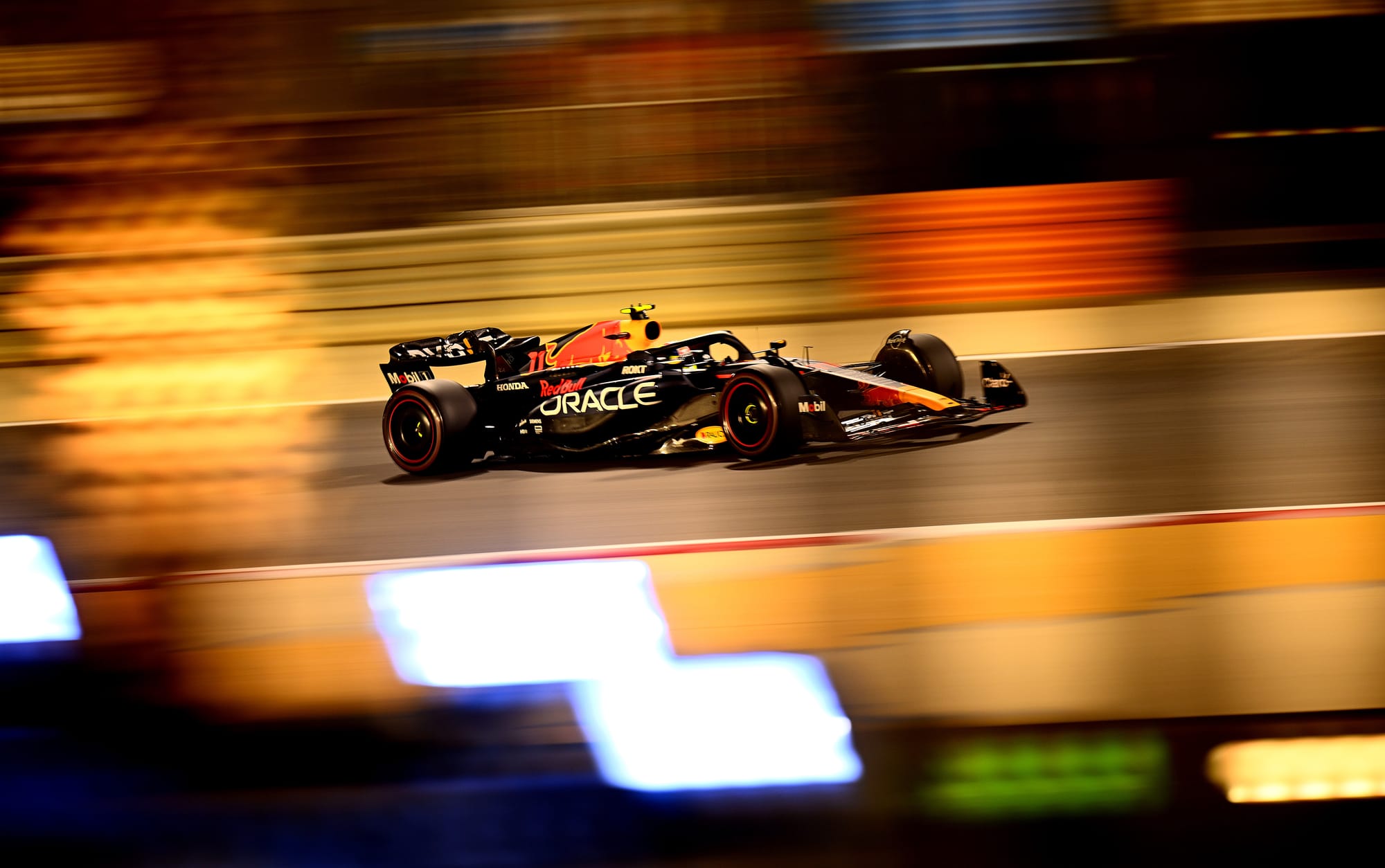
The new Red Bull is the car I am most looking forward to seeing.
When you are standing on the top rung of the ladder, there isn't much room to go any higher. But that isn’t the way Adrian Newey and his design group will have been thinking about this season's car.
It will be interesting to see what Red Bull comes up with. As we often say, it’s not what we see that really gives the ultimate performance, so wouldn’t it be interesting if Red Bull came out with a ‘zero’ sidepod concept?
How much we will learn about these 10 teams from their launches will vary, but even in the most unrevealing launch, there's usually something to be spotted.
This is just the start of the process of learning about the cars that will provide us with the action in 2024.

